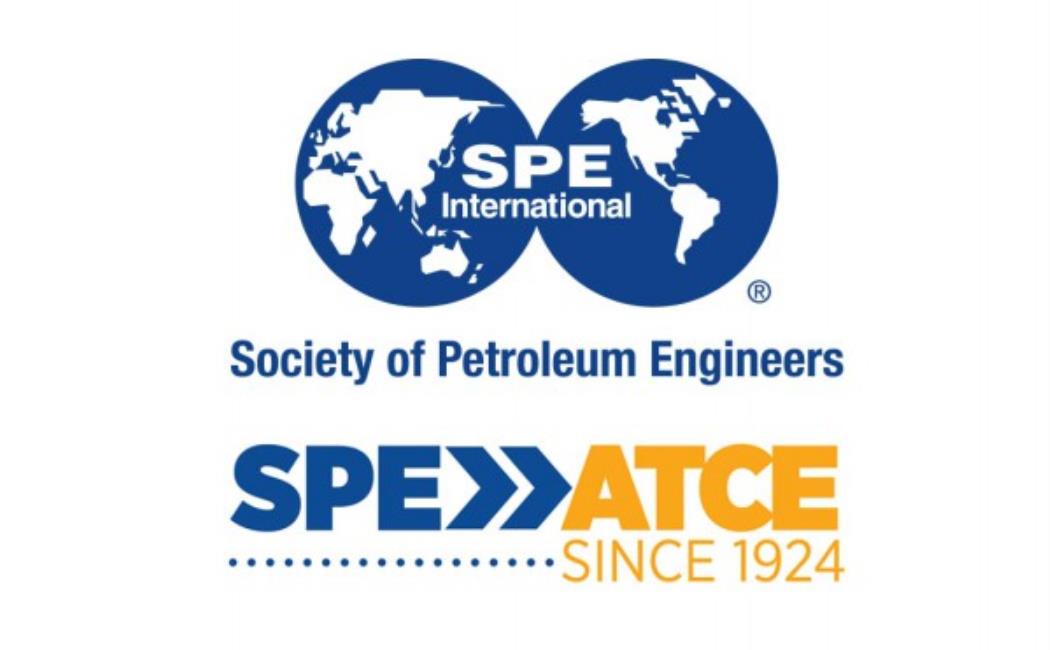.jpg?sfvrsn=39330263_0)
.jpg?sfvrsn=39330263_0)

27 September, 2017


ANPERC will be attending the SPE’s annual meeting of members which will take place from the 9th to the 11th of October 2017 in San Antonio, Texas, USA. The Annual Technical Conference and Exhibition features groundbreaking papers and special technical events designed to accelerate the application of innovations in every technical discipline. Visit our ANPERC booth and get more information about our research and academic programs. Faculty, scientists and staff will be available to answer your questions and to discuss the opportunities of learning and working at ANPERC. Our ANPERC booth (1075) is located in Exhibit Hall 2 of the Henry B. Gonzales Convention Center.
Our technical sessions will take place on the following days:
Wednesday October 11, 2017
10.40 - 11.05 am, Meeting Room 212 A/B, Wardana Saputra
A Simple Physics-Based Model Predicts Oil Production from Thousands of Horizontal Wells in Shales
T.W. Patzek, King Abdullah University of Science & Tech; W. Saputra, King Abdullah University of S&T; W. Kirati, King Abdullah University of Science & Tech
Abstract: We developed a new practical tool to predict the recovery of shale oil that we claim is better than the ad-hoc decline curve analysis (DCA) in delivering the essential physics of oil recovery in hydrofractured nanopores. This new practical tool could give the same results as the reservoir simulation with much fewer data required and several orders of magnitudes faster. In this paper, we applied our new method for the thousands of shale oil in Eagle Ford, Texas.
11.30 - 11.55, Meeting Room 214A, Maxim Yutkin
Knudsen-Like Scaling May Be Inappropriate for Gas Shales
T.W. Patzek, M. Yutkin, King Abdullah University of Science & Tech
We assert that a classification of gas flow regimes in shales that is widely accepted in the petroleum industry, may be inconsistent with the physics of high-pressure gas flow in capillaries. This classification follows from the 1946 work by Brown et al. (1946) that deals with the flow of gases in large industrial metal pipes, elbows and orifices under vacuum, with gas pressures of the order of 1 mm Hg or less. In another pioneering paper that year, Tsien (1946) analyzed the hypersonic flight of rockets in the thermosphere (above 50 miles of altitude), and established the widely accepted Knudsen flow regimes for the high-Reynolds, high-Mach flow of rarified gases. We show why both these papers are not quite applicable to flow of compressed gas in the hot, high-pressure shale pores with rough surfaces. In addition, it may be inappropriate to use the capillary tube metaphor to describe shale micropores or microcracks, simply because each is fed with gas by dozens or hundreds of intricately connected nanopores, which themselves may be slits rather than circular cylinders, and are charged with the dense, liquid-like gas.
14.50 - 15.15, Meeting Room 214 C/D, Hussein Hoteit
Improving Chemical EOR Simulations and Reducing the Subsurface Uncertainty using Downscaling Conditioned to Tracer Data
A. Chawathe , Chevron Corporation; V.A. Torrealba, Pennsylvania State University; H. Hoteit, King Abdullah University of Science & Tech.
Recovery mechanisms are more likely to be influenced by grid-block size and reservoir heterogeneity in Chemical EOR (CEOR) than in conventional Water Flood (WF) simulations. Grid upscaling based on single-phase flow is a common practice in WF simulation models. This coarse grid resolution (typically about 100 ft) could be sufficient in WF, however, it usually fails to capture key physical mechanisms in CEOR. As a result, coarse models usually overestimate the sweep efficiency, and underestimate the displacement efficiency. In this work, we introduce a geostatistical downscaling method conditioned to tracer data to refine a coarse history-matched WF model. This downscaling process is necessary for CEOR simulations when the original (fine) earth model is not available or when major disconnects occur between the original earth model and the history-matched coarse WF model. A workflow is outlined to address uncertainties in geological properties that can be reduced by integrating dynamic data such as sweep efficiency from interwell tracers. We provide several test cases and demonstrate the applicability of the proposed method to improve the history-match of a chemical EOR pilot.